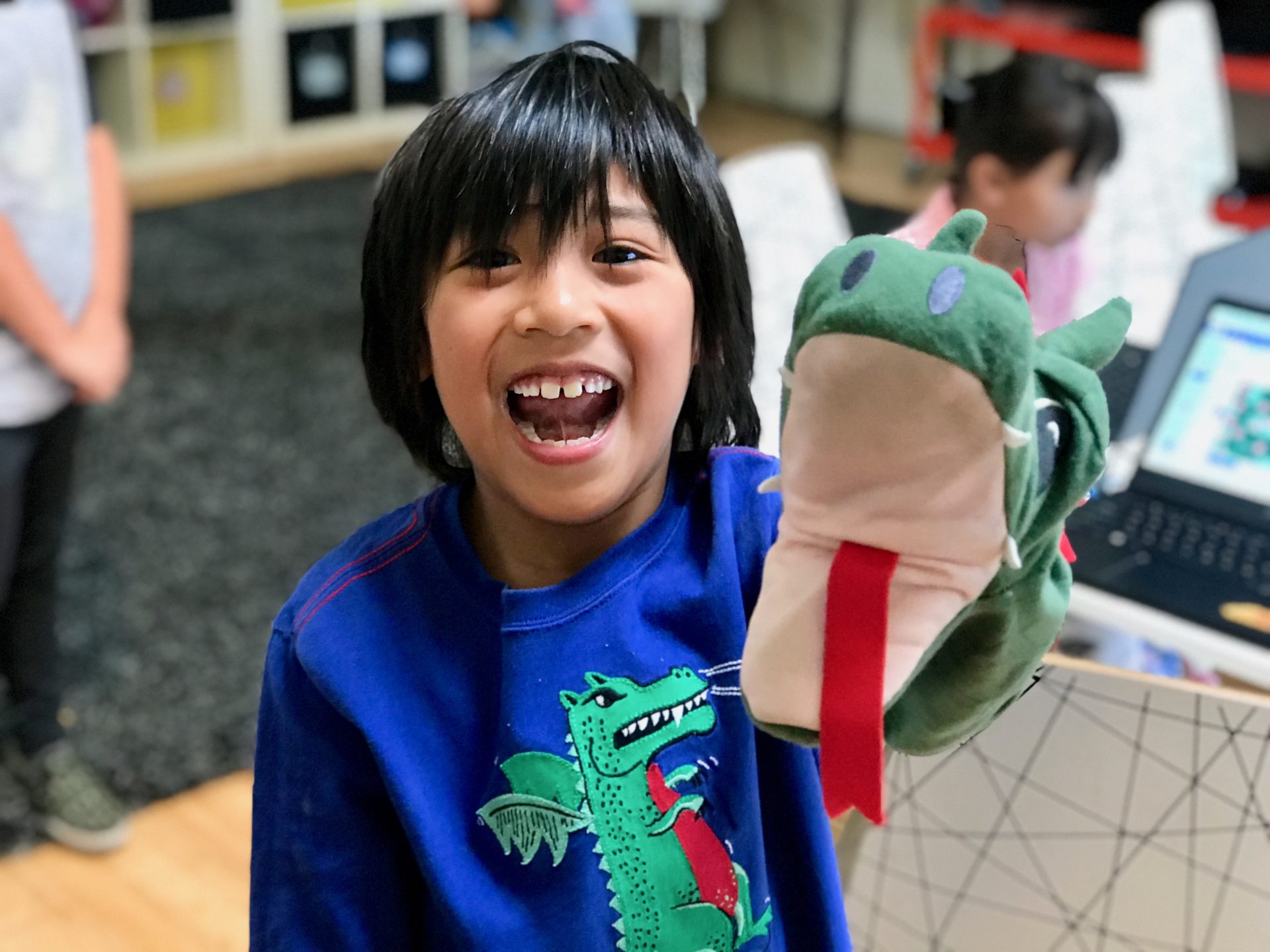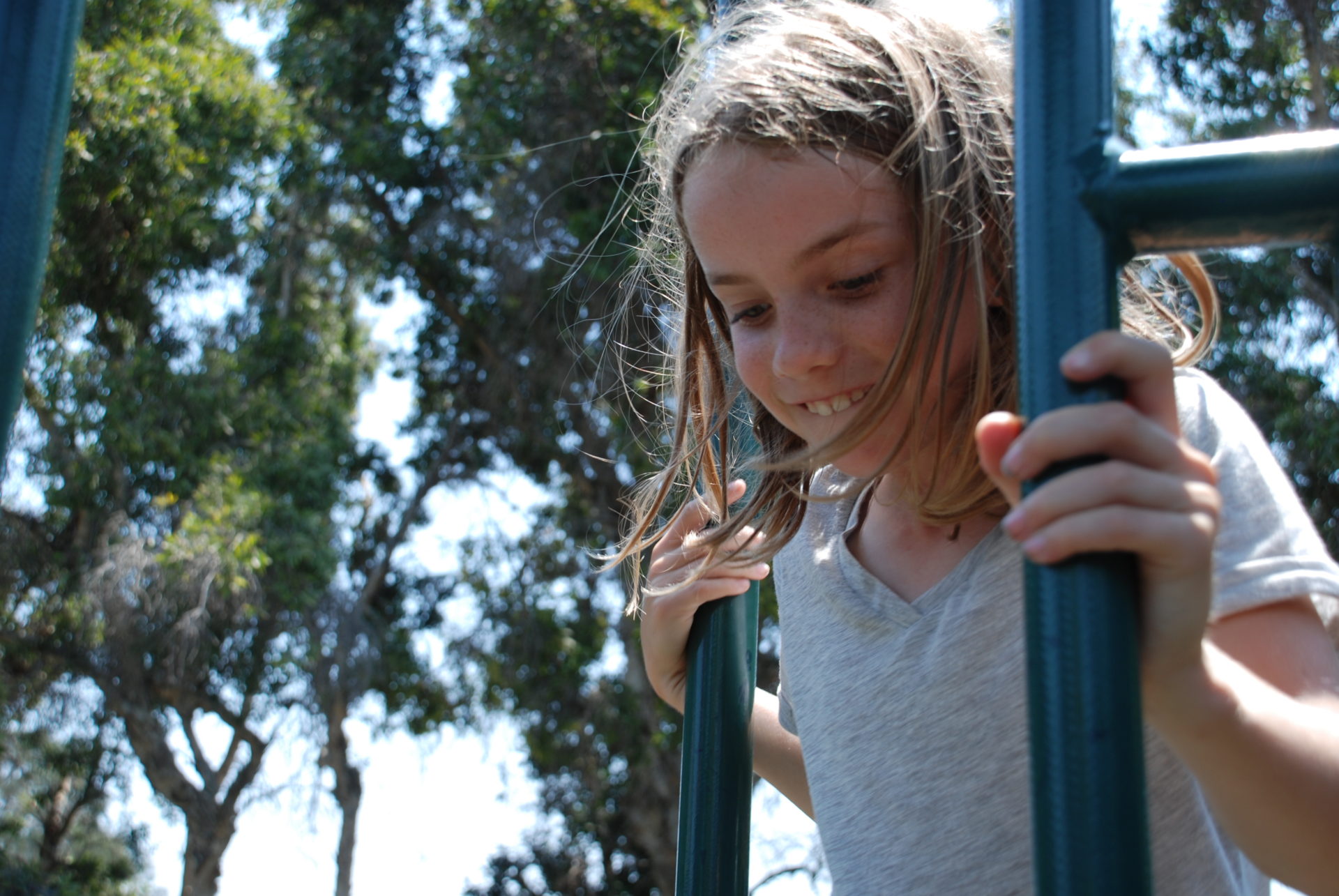How you should think about carving out playtime for not only the kids but for yourselves! 
How Important is Play Time? Everyone needs to carve out some time – it’s not just for the kids!
Last month we took a look at the timelines and turnover rates at some of the larger technology corporations as well as with their products. This month, let’s look at our own timelines and how we might identify and better get to know the incredibly important experiences in our daily routines that may be getting overlooked – especially in our current climate. Throughout the day, when do we present our children and ourselves with the opportunity to engage in authentic play and what does that play look like?
First, we must understand that authentic play is indeed important and that we all inherently want to engage in play more often (and believe it’s healthy for development). I’d imagine it would be rather difficult to find someone who genuinely believes that they should play less, no matter their walk of life or age. We must also grasp that there are many different kinds of play, including types that we adults engage in more – such as collectibility play (think sneakers, plants, Pokémon, etc). Also, it is important to note that these various types of play are expressed differently.
From there, we start to see trends emerge around playful experiences. We can now know and name more and more bite-sized interactions. From TikTok to Twitter, (and even Zillow) to mobile games and Nintendo’s Switch, these short form interactions / platforms are there to be quickly digested to satisfy those moments where we seek to play.
Now, back to the question on when we engage. Whether we like it or not, our schedules and those of our younger learners have been increasingly tightened over the recent years. This has only been compounded by life in the Zoomiverse. Our meetings are locked to the minute, synced across our calendars, and are way too often set up back-to-back. Due to the efficiency of it all, moments of reflection, off topic conversations between point A and point B, surprise interactions, and imaginative doodles and daydreams are simply cut out. We have to be 100% on 100% of the time.
Fortunately, children are very good at playing if we let them. We often experience that they are capable of finding playful moments in almost any situation – drifting in and out of different types of play and even stitching play together over segments of time. Unfortunately, we seem to lose that ability as we age and we’re expediting that loss through our current practices when we’re not allowing time to play. While it’s understandably difficult to schedule play, it’s important to know when to prompt and be open to play. I encourage everyone to go through a day and list out moments of play. How might we be able to increase those engagements?
TL;DR: Deep down we know how important play is for us and in the development / health of those around us. When our schedules get so strictly regimented, these play moments are at risk of getting cut out. Know and name play in your routine and give it room to bloom – it’s not just fun, it’s critically important to well-being!
About the Author:
John Balash was instrumental in Digital Dragon’s launch in 2013 as its first Curriculum Director and is now back in the fold as a consultant on all the latest and greatest in tech education.This is John’s latest contribution to a monthly blog series we’ve launched, Tech News from the Frontier. John is the Director of Educational Engagement at Carnegie Mellon University’s Entertainment Technology Center. John has worked on educationally-focused initiatives with clients ranging from D.A.R.P.A. to Disney. Working from both sides of the desk, you can find John in classrooms and conferences around the world exploring new uses for technologies in learning environments.


